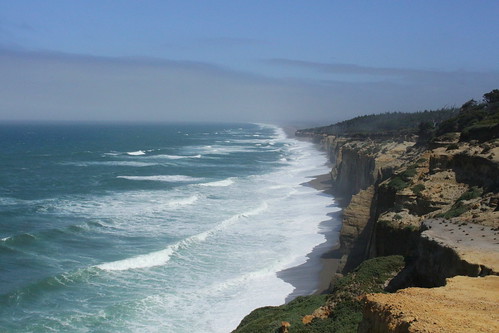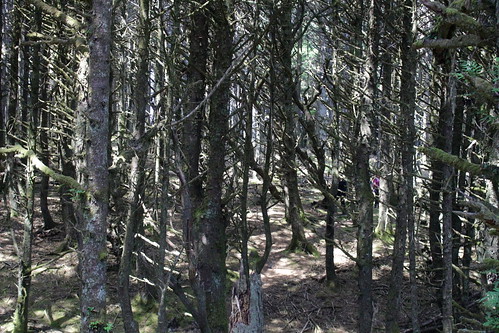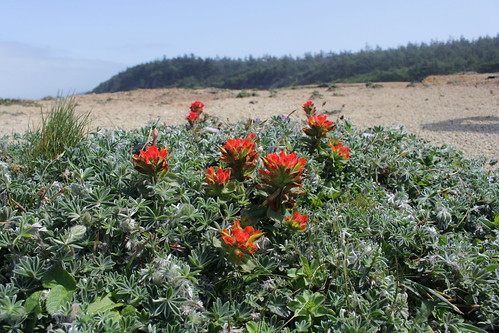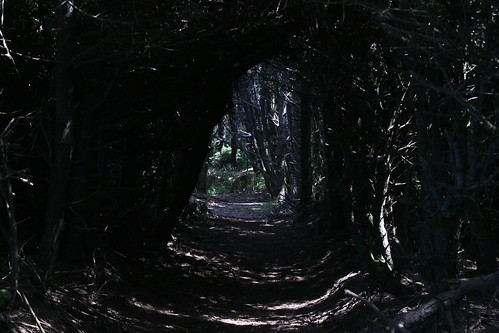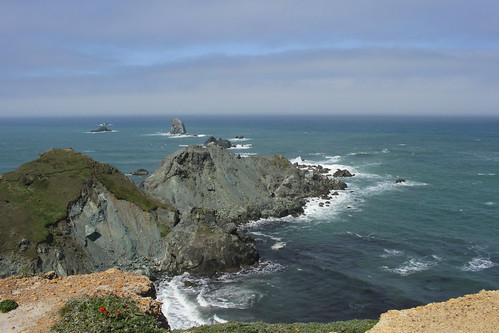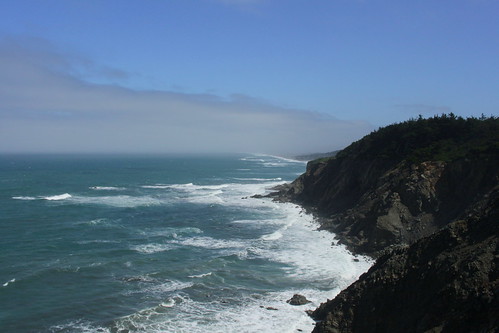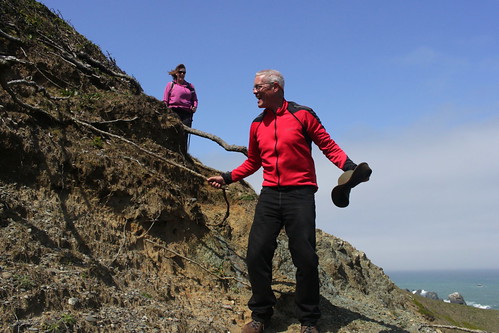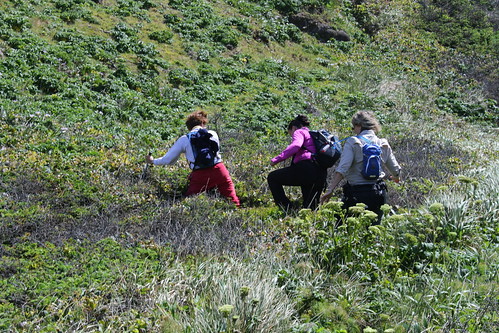Gorge’s wine success rooted in Wright’s old vine legacy
THE DALLES, Ore. — The pump is on for the first time this season but things aren’t working. Alejandro Rojas, Lonnie Wright’s foreman and friend for 20 years at The Pines 1852 vineyard, says there isn’t enough pressure to water the grapes up on the slope: the Syrah, the Merlot, the “Young Zin” and, of course, the Old Vine Zinfandel that grows at the heart of Lonnie’s story.
Wright doesn’t like what he’s hearing. Truth is, he’s fuming. He says there must be a leak in the system. He wants Rojas and two other employees to chop a path down to Mill Creek to see if there’s a problem in the pipe down there.
Rojas demurs; he has other options to check first. And besides, he just had a bout with poison oak and doesn’t savor crashing through brush to examine the creek pipe.
“You got a machete?” Wright asks. “I’ll do it.” And next thing he’s rummaging through a tool shed, muttering, looking in vain for a machete and grabbing a couple of big clippers instead.
Wright, 67, bears the ruddy look of someone who works outdoors, with a thick mustache and salt and pepper hair swept back from his forehead. He’s the acknowledged daddy of wine in the Columbia River Gorge, a pioneer on the level of the visionaries who made the Willamette Valley an internationally acclaimed producer of Pinot noir.
He’s planted, planned or consulted on hundreds of acres of vineyards on both sides of the river from Hood River, Ore., east to Maryhill, Wash., a region that includes two American Viticultural Areas and produces robust reds, delicate whites and boasts of “a world of wine in 40 miles.”
Other vineyard owners call him mentor, advocate and friend. In 2011, the Oregon Wine Board gave him its Lifetime Achievement Award. He was nominated by his peers.
But right now he’s just another dirt farmer dealing with a dang problem. The issue is resolved a few minutes later when Rojas, the vineyard foreman, finds a closed valve on an irrigation well. Water soon flows to the drip lines strung through the legacy vines up on the hill, and Lonnie Wright is smiling again.
Columbia River Gorge wine is on a roll. Vineyards, wineries and tasting rooms dot the towns that line the river and now compete with orchard stands and brew pubs for tourists. Increasingly, the region is tapping the big Portland market on the shoulder and reminding wine lovers that Interstate 84 through the Gorge is a much quicker drive than creeping out Oregon 99W to the Pinot noir vineyards of Yamhill County. An April “Portland Grand Tasting” held in the city’s posh Pearl District was packed with people eager to sample gorge wines. In the meantime, Wine Press Northwest, an insider trade publication, named Hood River’s Mount Hood Winery as its 2016 Oregon Winery of the Year.
The Gorge itself, a National Scenic Area known for its massive basalt formations and dazzling waterfalls, is part of the attraction and is key to the variety of wines grown in the region. The river bisects the spine of the Cascade Mountain Range, which divides Oregon and Washington into western wet and eastern dry sides. Wine enthusiasts like to say the region loses an inch of rain with every mile traveled east.
The west side of the Hood River Valley gets 36 inches of precipitation annually, while only 15 inches falls in The Dalles and only 10 beyond that.
As a result, the region produces at least 40 types of wine from grapes that grow in a wide range of heat and water, from Zinfandel, Merlot and Pinot noir to Pinot gris, Riesling and Chardonnay.
For winemakers, the Gorge represents the “blessing and challenge” of a diverse American Viticultural Area, said Mark Chien, program coordinator of the Oregon Wine Research Institute at Oregon State University.
“They are well on their way to making great wine,” Chien said. “It’s sort of like where the Willamette Valley was 25 years ago: You figure out what the heck you’ve got and what to do about it.”
That might have been Lonnie Wright’s line 34 years ago as he stood on a slope above Mill Creek a few miles southwest of The Dalles. He’d heard — through the grapevine, if you will — that an orchardist planned to revive an 8-acre, century-old Zinfandel vineyard that had been abandoned for about 20 years. Wright showed up unbidden at 7 a.m. and found the orchardist literally reading from a University of California-Davis pruning textbook.
Wright grew up in Indiana, where he earned a scholarship and played guard on Butler University’s basketball team and figured he’d most likely teach and coach hoops. But the call of the road eventually led by way of Central America to the Pacific Northwest, where in 1978 he found himself part of a crew planting the first vineyards at Columbia Crest, a winery owned by Chateau Ste. Michelle in Paterson, Wash. He learned he had a knack for the work, soaked up information, became a manager and supervised the first harvest.
The road called again, however, and he went off for the first of two trips to Libya to install irrigation systems — adventures that seem crazy given the current state of affairs in the Middle East. In 1982 he was back in the Gorge, starting a family with his wife, Linda, and the idea of getting in on the start of reviving the old vineyard appealed to him.
The rest is Gorge lore. The long-neglected vineyard apparently is among the oldest in the Pacific Northwest. Wright learned it was planted by a stonemason, Louis Comini, probably between 1890 and 1900. Comini also made the headstones placed at the local Catholic cemetery, built a couple of stone houses in The Dalles and worked on The Grotto, a Catholic shrine in Portland.
Early photos, one dated 1910, show the Old Zin vines weren’t grown on a trellis system but were “head-trained on the ground,” essentially grown like low bushes. The method provided protection against freezing but left grapes susceptible to bunch rot.
Wright revitalized the Old Vine Zin and eventually bought the vineyard and adjoining property, which among other iterations had once been a dairy. Today the wine made from the old block is highly praised by connoisseurs and sells for $35 a bottle at The Pines 1852 tasting room Wright opened in Hood River.
He also started a “Young Zin” block from Old Zin cuttings 25 years ago, and planted Merlot and Syrah grapes as well. In 1983 he planted a Chardonnay vineyard for a neighbor along Mill Creek, veterinarian and beef cattle rancher Terry McDuffee. From that first job, he emerged as the go-to consultant, cheerleader and vineyard manager among people likewise drawn to the prospects of growing grapes and making wine in the dramatic landscape framed by the Columbia River, Mount Hood and Mount Adams.
Bob Morus, president of Phelps Creek Vineyards in Hood River, tells a familiar story. Arriving in the Gorge in the late 1980s, he learned Wright was the “guru” to ask about starting a vineyard.
Wright “came up to the place and kicked the dirt,” and asked Morus what type of grapes he wanted to grow. Morus answered Pinot noir, then becoming Oregon’s signature grape.
“I suppose we can do that,” Wright drawled, but he cautioned that he’d not planted Pinot noir before. Wright and his crew planned and planted the first eight acres. Phelps Creek has expanded over the years and its wines enjoy a sterling reputation with reviewers.
“He got me going and we’ve remained friends ever since,” Morus said. He jokes that he eventually had to “fire” Wright “because I needed to make my own mistakes.”
A break came when King Estates of Eugene, one of the state’s largest and most prominent wineries, came looking for grapes. Wright was friends with the late Brad Biehl, King Estates’ viticulturist, and introduced him to Morus and others who became King’s suppliers.
“The combination of Brad and Lonnie really bootstrapped grape growing in the Gorge,” Morus said. The company liked what it found and paid promptly, critical to the beginning Gorge vineyards.
“All those formative years sucked us into growing more grapes,” Morus said with a laugh. “It really helped us get established.”
Morus said Wright also pressed for recognition of the Gorge within Oregon’s wine industry.
“He’s such a strong advocates for grapes in the Gorge,” he said. “It was really a struggle to get the Oregon Wine Board to recognize people were growing grapes somewhere other than in the Willamette Valley.
“When they write the history of the Gorge, they’ll need to talk about Lonnie.”
Privately, some people familiar with Oregon agriculture say the wine industry distances itself from other forms of farming. The new people who arrived to grow grapes and make wine often came from other professional backgrounds, and relations with Oregon’s traditional farmers sometimes are stiff or frosty.
Wright bridges the gap, in part because he’s an active member of Oregon Farm Bureau. He was a state board member and headed the Wasco County chapter.
Wright shrugs off praise for connecting the two sides. He says OFB is a valuable organization for dealing with legislation and regulatory agencies.
“There are things we have to keep an eye out for,” he said. “There are a lot of city people and not very many farm people.”
He’s managing about 10 vineyards this year. In addition, he’s helped his foreman, Rojas, establish his own business as a vineyard manager by taking on a challenging site in Rufus, Ore.
Tap him and he’ll expound on rooting systems, various trellis methods, soil traits and the best slopes for catching sun on late-harvesting grapes. He still loves laying out vineyard plans on paper, figuring out irrigation systems and seeing it all come together in a fine glass of wine.
And he’s beginning to savor his own legacy, writing the history of The Pines 1852, the Old Vine Zin and how Gorge wine grew. Among other things, the Lifetime Achievement Award he received seems to improve with age, kind of like wine.
“I am proud of that,” he said. “Especially for a flatland boy from Indiana.”

